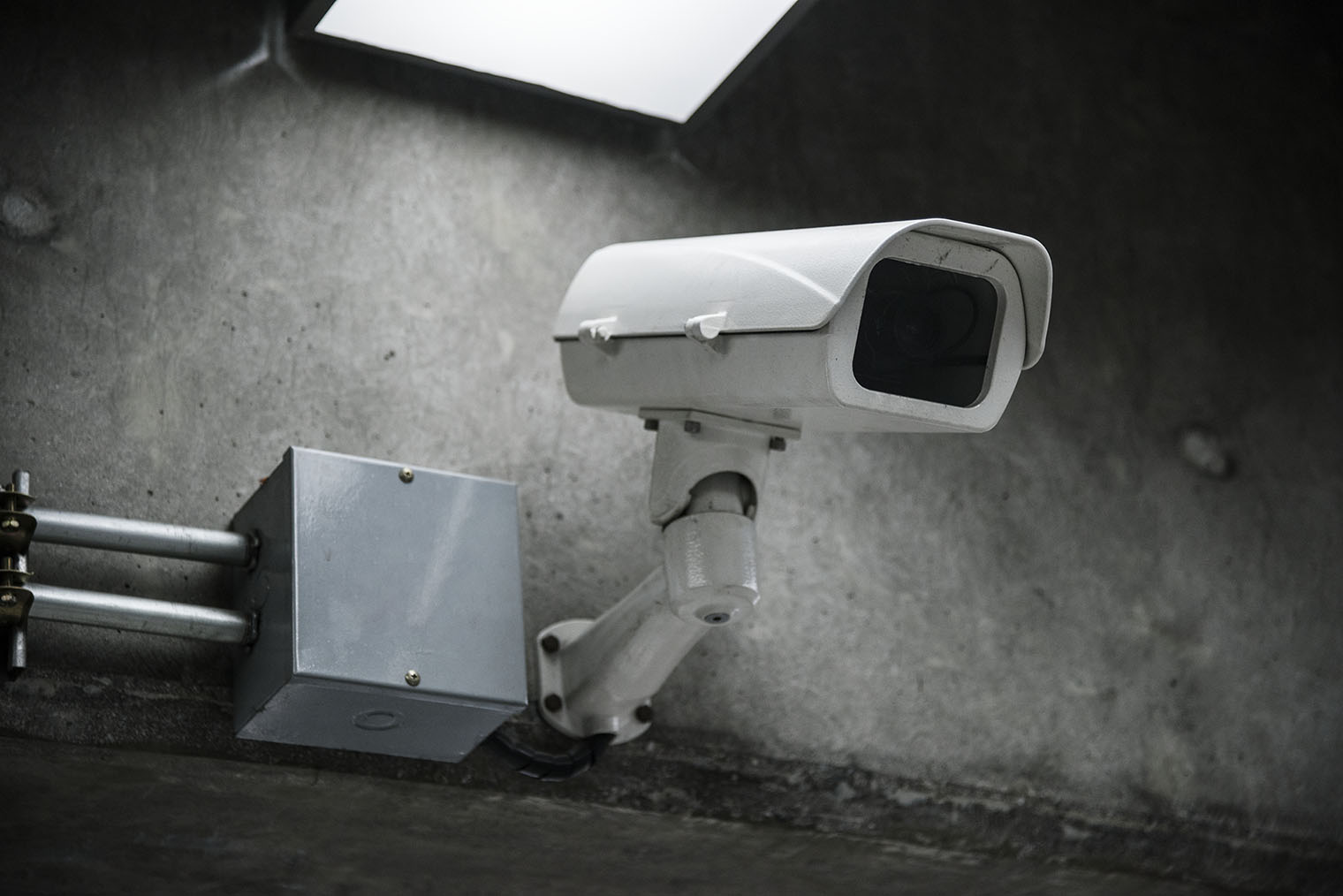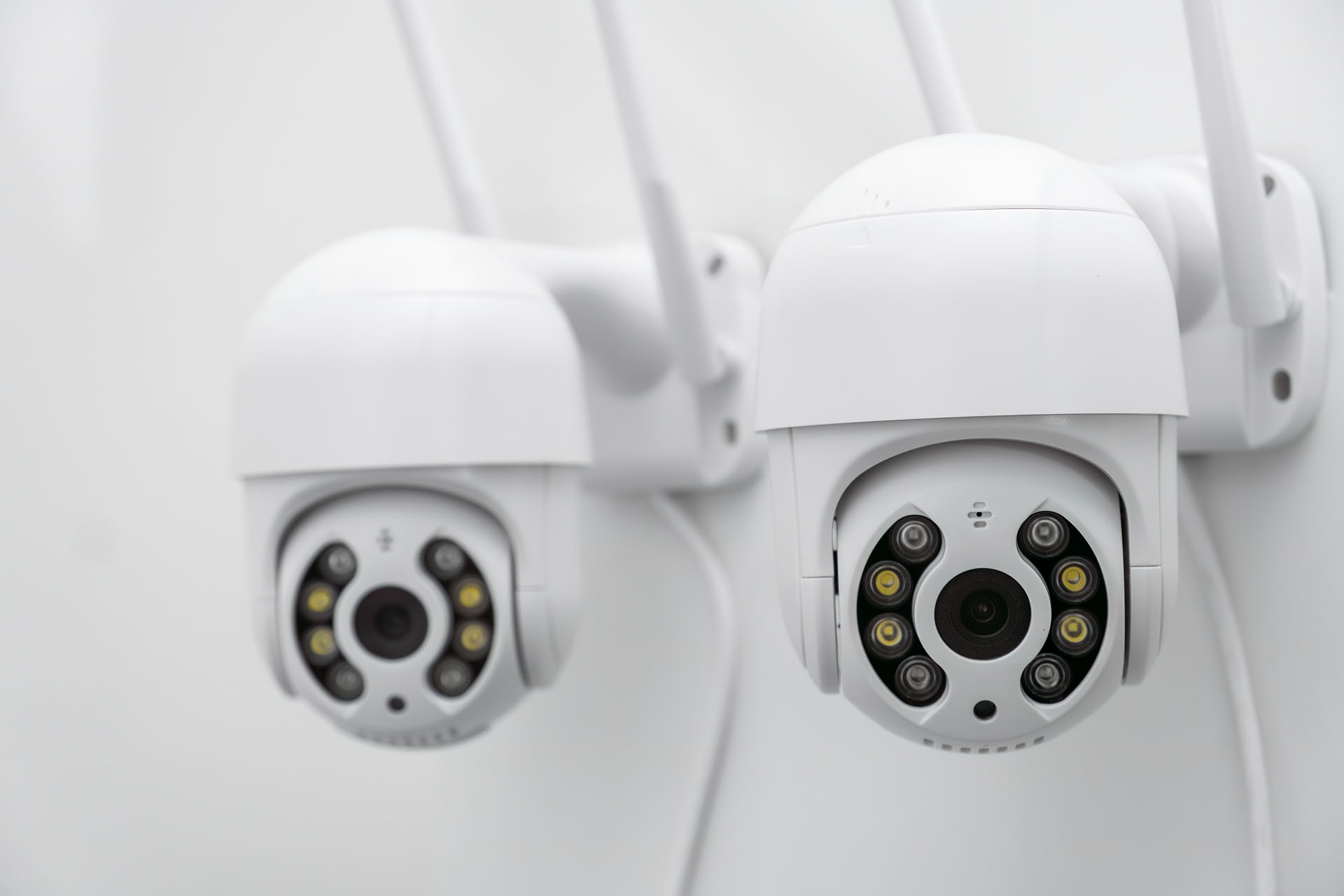In a world where security is paramount, alarm systems stand as powerful sentinels, ready to defend homes and businesses against potential threats. This comprehensive guide explores the complexities of warning systems, revealing their types, features and the pivotal role they play in fortifying our surroundings.
Types of alarm systems:
Key Features:
Benefits of alarm systems:
Conclusion:
In the evolving security landscape, alarm systems are emerging as indispensable sentinels, offering proactive defense against potential threats. From their diverse types, advanced features to undeniable benefits, these systems have become an integral part of a strong security strategy. As technology continues to advance, the role of alarm systems in fortifying our homes and businesses is set to evolve, providing us with assurances that our safety is in capable hands. With alarm systems, ensuring peace of mind is not just a possibility but a reality.



In a dynamic security landscape, where one-size-fits-all solutions cannot…
Explore our diverse collection of articles and stay up to date on important topics
Discover the difference in UyoonWhere cutting-edge technology meets exceptional service. Join us on this journey towards a safer tomorrow, and let us be your watchful eyes when you need them most.
© 2023 Uyoon •All rights reserved